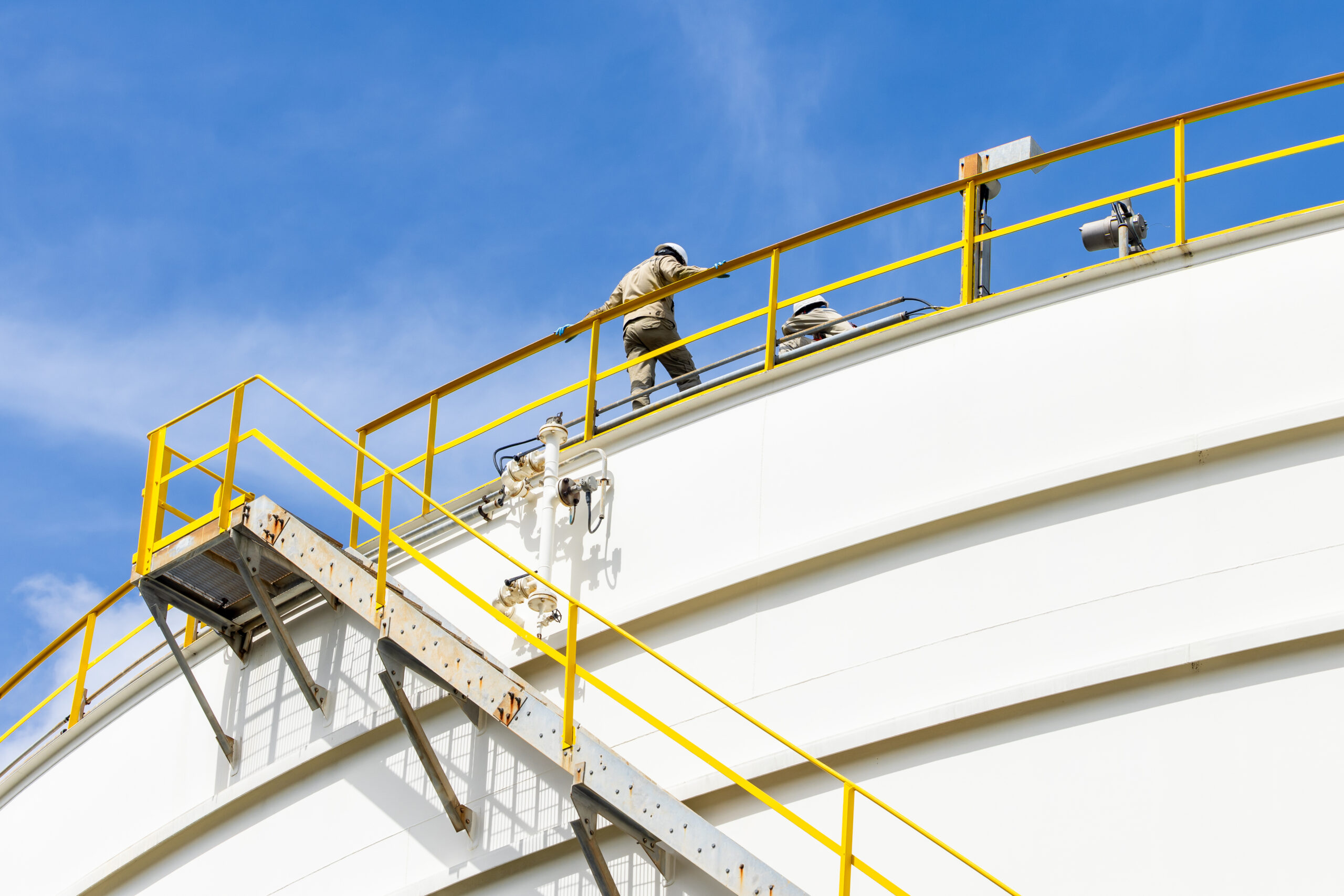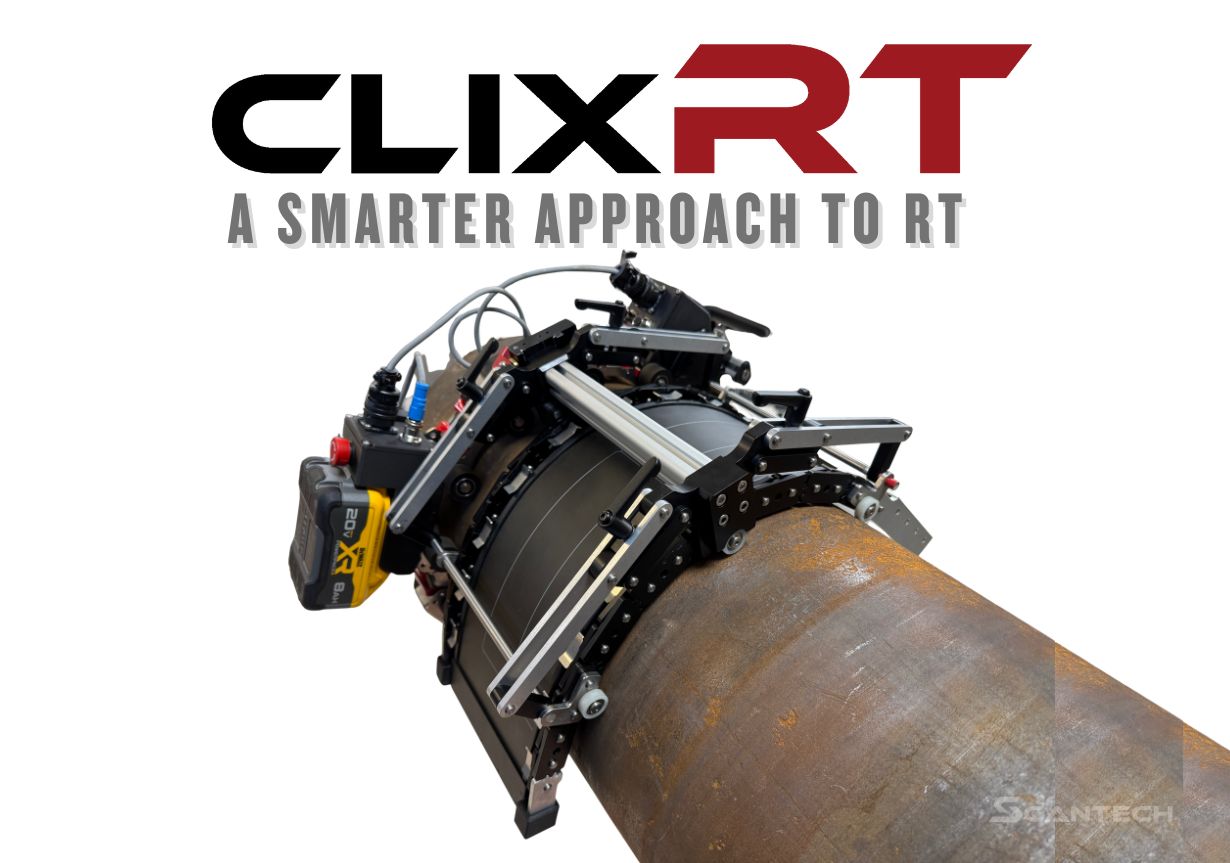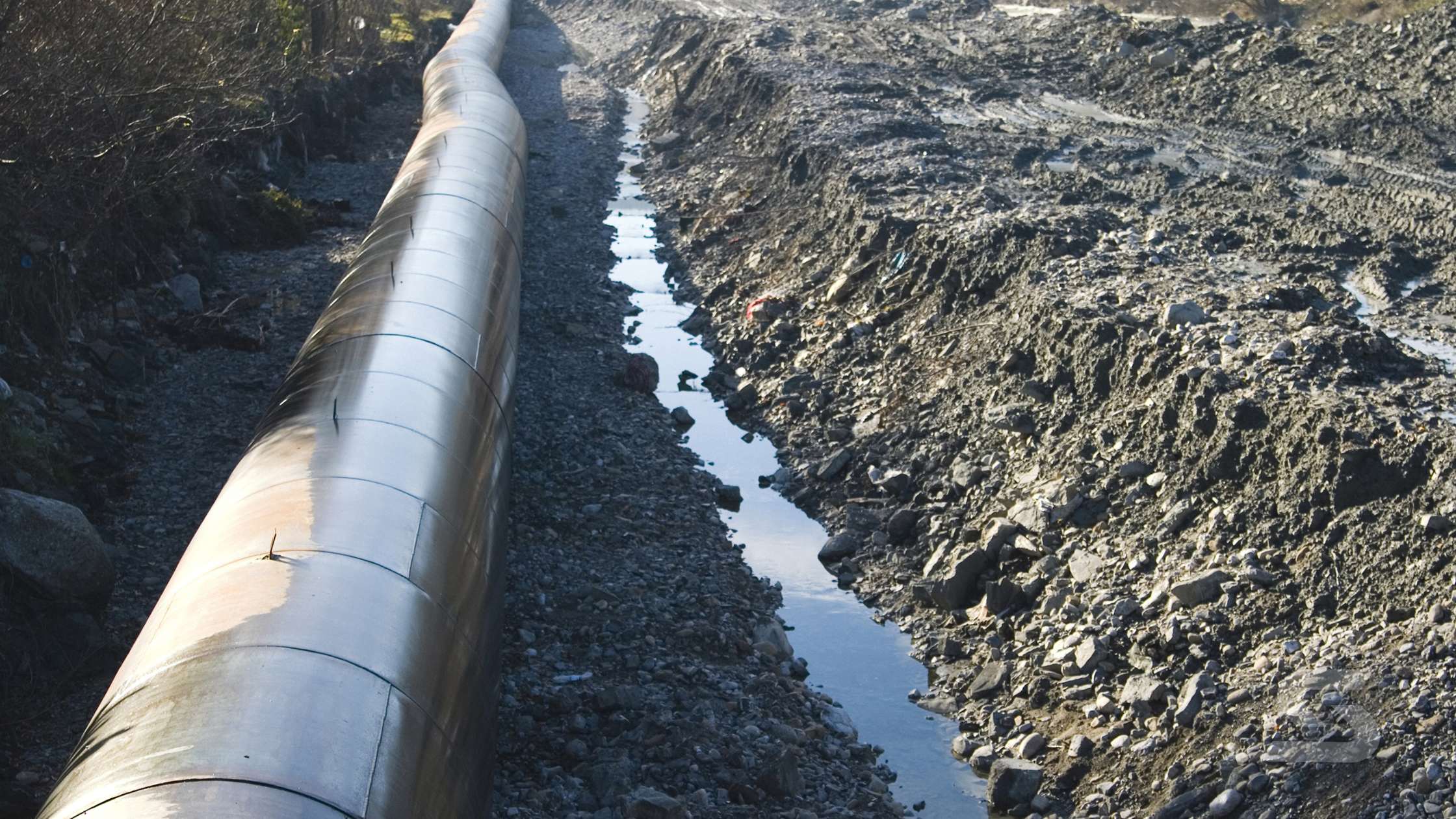Table of Contents
When it comes to tank inspections, safety starts at the top—literally.
Before any thickness readings or structural scans begin, one of the most overlooked yet essential steps is assessing the condition of the tank roof. Whether the tank is in service or out of service, ignoring the roof can put inspectors—and your entire operation—at serious risk.
Understanding the Risk: Why Roof Scanning Matters
A tank roof that’s deteriorated, corroded, or weakened by environmental exposure may not hold the weight of an inspector. In the worst-case scenario, stepping onto an unsafe roof could result in injury or trigger a full tank shutdown. And when product is still present in the tank, this can become a high-risk situation that halts operations and increases cost.
Scanners are often used to inspect tank floors and shells, but applying non-destructive testing (NDT) to tank roofs is just as critical. Knowing whether a roof is safe to access saves time, protects personnel, and helps you avoid last-minute tank calls.
Signs a Roof Might Be Unsafe to Walk
- Extensive visible rust or corrosion
- Dents, deformation, or sagging
- Lack of recent inspection data
- Product vapor or humidity damage
- Tank is still in service and the roof is the only access point
Even if a tank appears structurally sound, unseen corrosion on the underside or hidden water damage could lead to failure under pressure.
Scanning First Helps You Avoid Downtime
With ultrasonic tools, you can assess remaining wall thickness, corrosion levels, and deformation before anyone steps on the roof. This kind of pre-check is especially important for tanks holding volatile or corrosive materials. In fact, some inspectors will “call in the tank” if the roof appears compromised—stopping the job entirely until a structural review is completed.
Proactively scanning the roof protects your crew and your bottom line.
Plan Ahead: Safer Inspections Start at the Top
If tank roof assessment isn’t already part of your inspection planning, it should be. Here’s what we recommend:
- Include roof condition checks in pre-job walkdowns
- Use ultrasonic thickness tools to scan the roof perimeter before access
- Document roof scan results with images and data
- Flag any out-of-spec measurements for further engineering review
At ScanTech, our team understands what it means to inspect in the real world—because we’ve been there. Our tools are designed to keep inspectors safer and inspections smarter.
Want to make safer inspections standard?
Let’s talk about how our field-ready scanning systems support tank inspections from the roof down.
Contact us to learn more.






